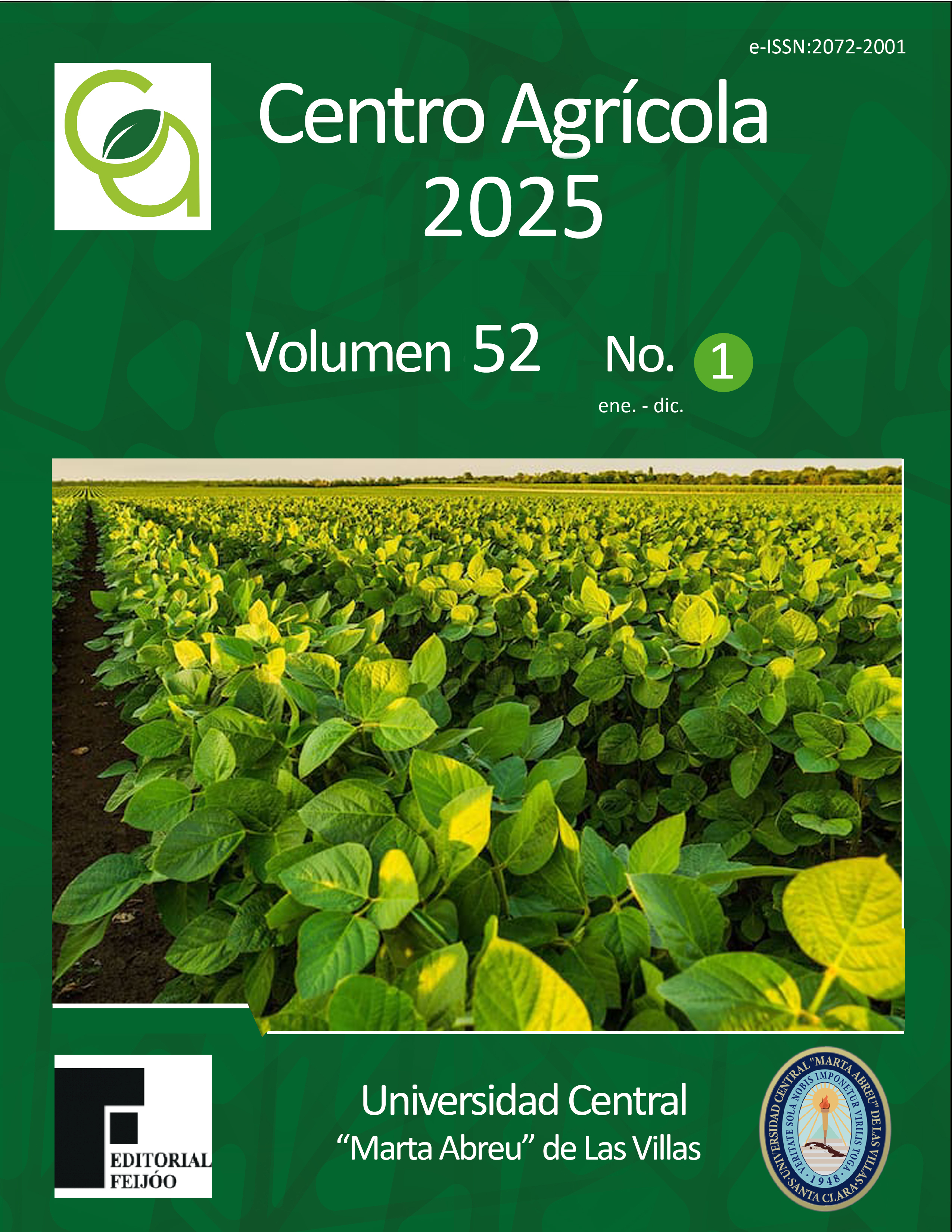CF: cag084222386
ARTÍCULO DE REVISIÓN
Especies de Stromatinia de importancia agrícola y elementos taxonómicos para su clasificación
Stromatinia species of agriculture importance and taxonomic elements for their classification
Michel Leiva Mora1,2*
Olguer Alfredo León Gordón1
Marco Oswaldo Pérez Salinas1
1 Laborarotio de Biotecnología, Facultad de Ciencias Agropecuarias, Universidad Técnica de Ambato, Cantón Cevallos vía a Quero, sector el Tambo-la Universidad, 1801334, Cevallos, Tungurahua, Ecuador
2 Dirección de Investigación y Desarrollo, Universidad Técnica de Ambato, avenidad Los Chasquis y Río Payamino - Ambato, Ecuador
*Correspondencia: Esta dirección de correo electrónico está protegida contra spambots. Usted necesita tener Javascript activado para poder verla.
RESUMEN
El objetivo del presente trabajo fue clasificar especies de Stromatinia de importancia agrícola y definir algunos elementos taxonómicos para su clasificación. El género Stromatinia posee un estroma similar al de Sclerotium. Las hifas no se encuentran embebidas en una matriz gelatinosa, el estroma no es el típicamente hueco-esferoide, los restos de tejidos del suscepto no suelen estar incrustados en el esclerocio. Los apotecios surgen de una cobertura gruesa, subcuticular y efundida de los esclerocios pequeños, negros, globosos que comúnmente se forman en el micelio aéreo. Los apotecios observados en la naturaleza son parecidos a los de Sclerotinia, pues contienen ascosporas hialinas y unicelulares. Dentro de las especies que mayor interés agrícola se informan Stromatinia cepivora (Berk.) Whetzel, causante de la pudrición blanca del bulbo de cebolla y ajo, cuya fase esclerocial es Sclerotium cepivorum Berk, Stromatinia gladioli (sin. Sclerotinia gladioli) que produce la pudrición seca del gladiolo y de plantas de los géneros Crocus, Freesia y Tritonia. Además, se encuentran Stromatinia narcissi Drayton and J.W. Groves que afecta a plantas de los géneros Narcissus y Zephyranthes, Stromatinia geranii (Drayton) Whetzel que causa la pudrición en la base de tallos y de la raíz de Geranium maculatum L., con una fase anamorfa correspondiente a Botrytis, mientras que Stromatinia rapulum (Bull.) Boud. ataca los rizomas de plantas del género Polygonatum y se asocia con una fase esclerocial conocida como Sclerotium denigrans Pape. El presente trabajo nos presenta varias especies de Stromatinia de importancia agrícola y algunos elementos taxonómicos para su clasificación, lo cual evitará nombrar las enfermedades que causan solamente haciendo alusión a sus estados esclerociales.
ABSTRACT
The aim of the present work was to classify Stromatinia species of agricultural importance and to define some taxonomic elements for their classification. The genus Stromatinia has a stroma similar to that of Sclerotium. The hyphae are not embedded in a gelatinous matrix, the stroma is not the typical hollow-spheroid, and the remnants of suscept tissues are not usually embedded in the sclerotium. The apothecia arise from a thick, subcuticular, effused covering of the small, black, globose sclerotia that commonly form on the aerial mycelium. The apothecia observed in nature are similar to those of Sclerotinia, as they contain hyaline and unicellular ascospores. Among the species of greatest agricultural interest are Stromatinia cepivora (Berk.) Whetzel, which causes white rot of onion and garlic bulbs, whose sclerotial phase is Sclerotium cepivorum Berk, Stromatinia gladioli (sin. Sclerotinia gladioli), which causes dry rot of gladiolus and plants of the genera Crocus, Freesia, and Tritonia. In addition, there are Stromatinia narcissi Drayton and J.W. Groves that affect plants of the genera Narcissus and Zephyranthes, Stromatinia geranii (Drayton) Whetzel that causes rotting at the base of stems and root of Geranium maculatum L., with an anamorphic phase corresponding to Botrytis, while Stromatinia rapulum (Bull.) Boud. attacks the rhizomes of plants of the genus Polygonatum and is associated with a sclerotial phase known as Sclerotium denigrans Pape. This paper presents several species of Stromatinia of agricultural importance and some taxonomic elements for their classification, which will avoid naming the diseases they cause only by referring to their sclerotial stages.



